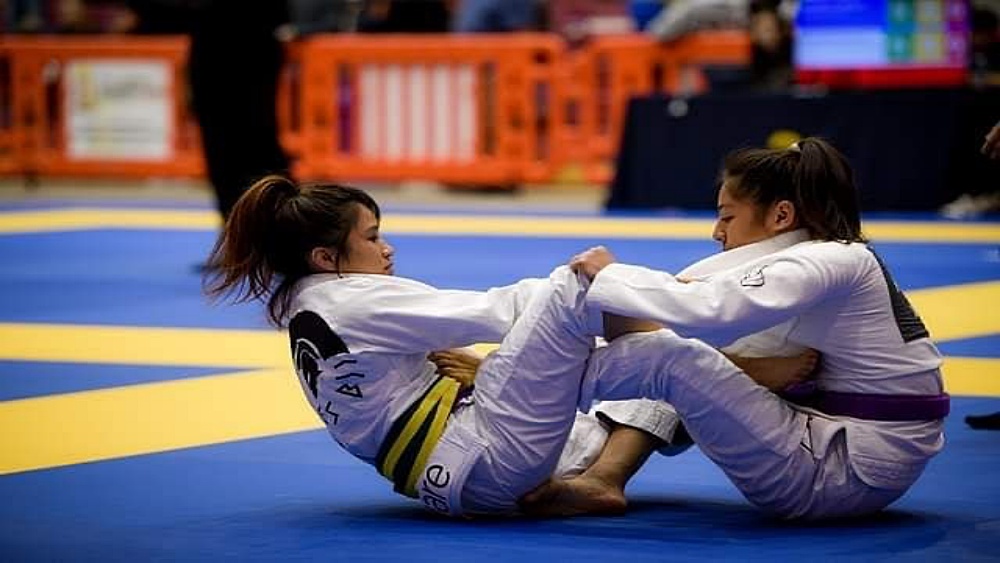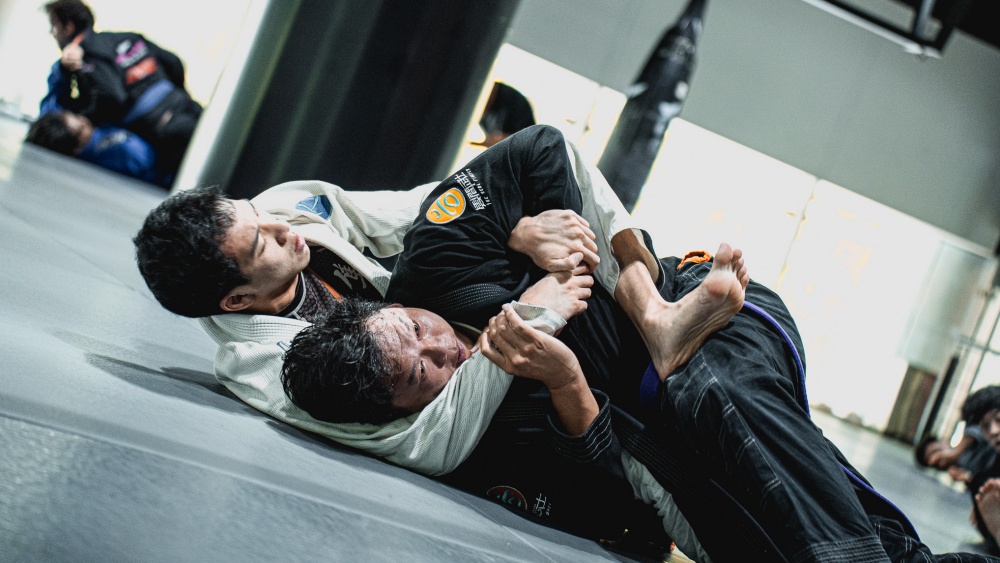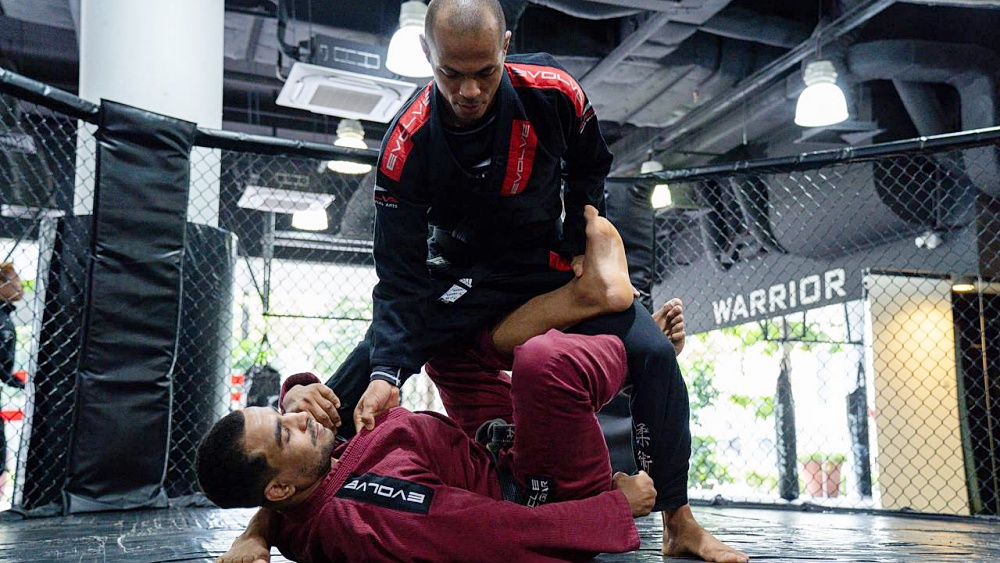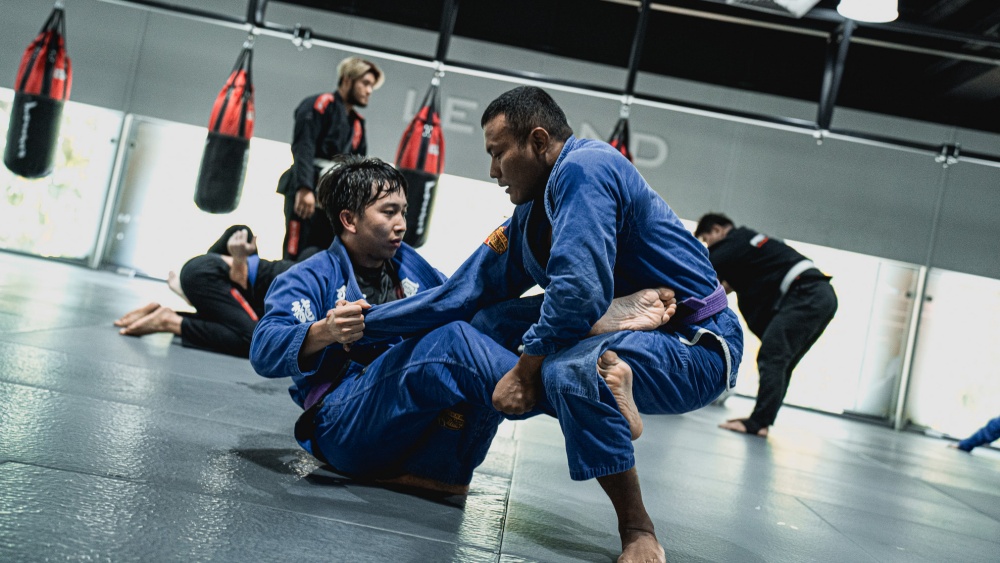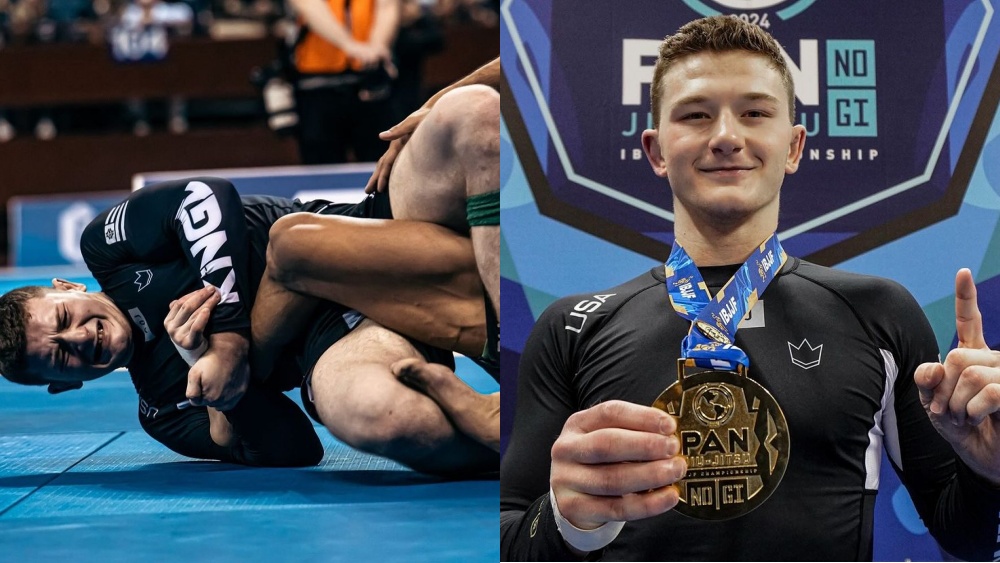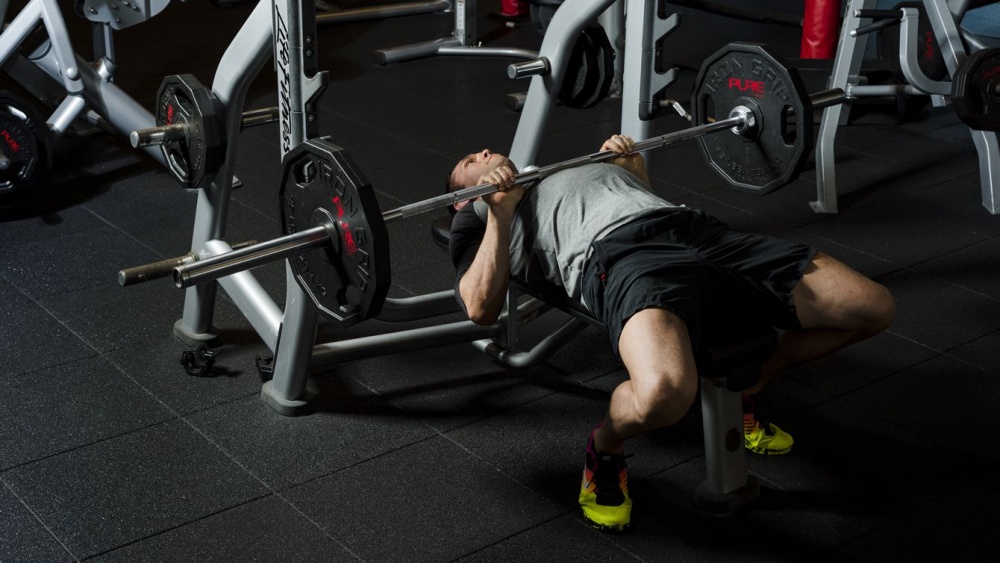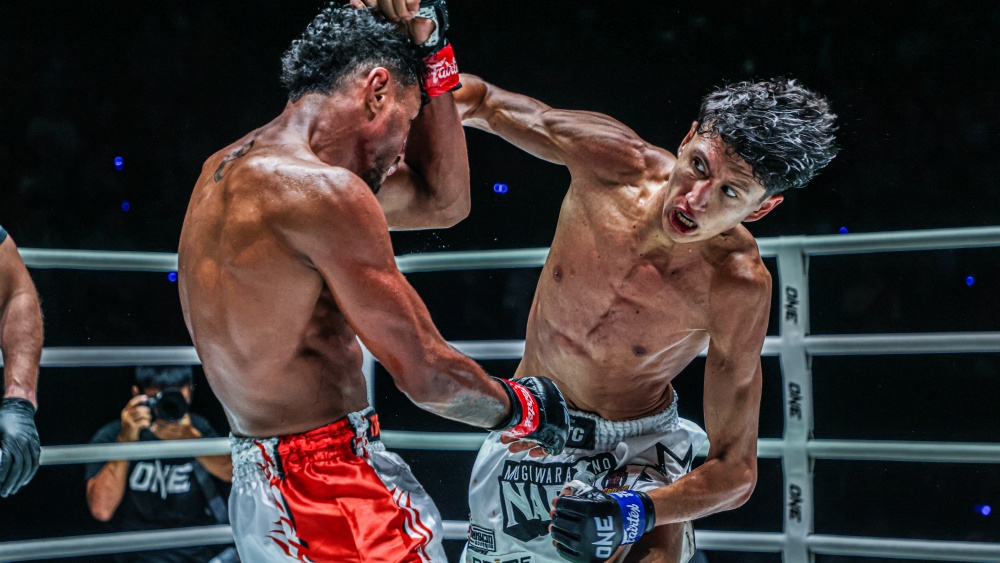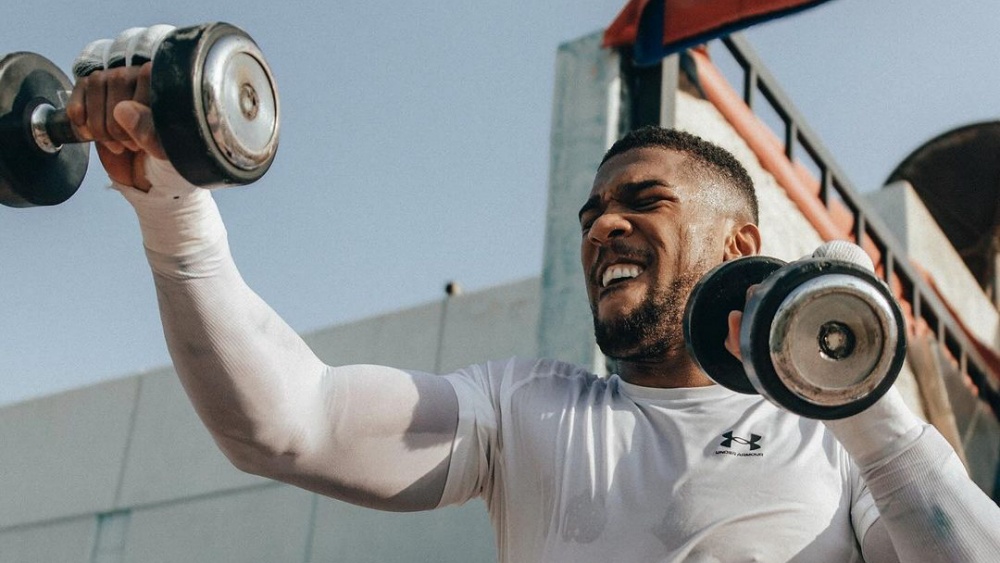Brazilian Jiu-Jitsu is widely known for its advanced guard system. In training and competition, many BJJ practitioners pull guard to go straight to the ground. While pulling guard can be a divisive topic for most people, we can’t deny that it is an excellent tactic to force your opponent to play to your strengths.
Pulling guard also allows the guard player to move directly to their desired position, thus allowing them the opportunity to attack with their best sweeps and submissions. For this reason, a double guard pull is something that we may see, not only in the practice room but also in competition. In this article, let’s discuss how the double guard pull works in BJJ.
The Double Guard Pull In BJJ
Pulling guard is part of the sport’s current meta, especially in the Gi. Primarily seen in the lighter weight classes, the double guard pull happens when both grapplers sit on the mat with the intent to play the open guard (seated open guard). It is mainly a BJJ-specific tactic, although we may see it occasionally in mixed martial arts.
Guard pulling can be a solid approach for grapplers who are dominant with their guards. Jiu-Jitsu’s guard work is unique compared to other major grappling martial arts because of the sheer number of guard techniques you can use. It is safe to say that the modern guard is one of BJJ’s most important contributions to grappling as a whole.
A basic strategy from the double guard pull position is to control one leg by applying grips below the opponent’s pants and ankle. The purpose of this is to get the opponent’s leg to either side of your body, and having it on the same side allows you to attack with ankle locks and enter 50/50. Controlling the opponent’s leg on the same side is usually followed up with a hook behind the knee for control. It allows you to apply a tight ankle lock as you lay back or bring your leg across their hip and use it to push.
Mikey Musumeci’s Double Guard Pull Application
Watch how Mikey Musumeci uses the double guard pull to apply a straight ankle lock to win the 2019 IBJJF World Championship. This sequence is the fastest submission in IBJJF history.
Having the opponent’s leg across instead of controlling it on the same side will allow you to apply the ankle lock (outside ankle lock) while using your other leg for control or enter the 50/50. Another great option you can do is to start passing their guard. Standing up while controlling their leg across allows you to enter the leg drag position.
With the back mount being the most dominant position in grappling, you can also go for a crab ride from the cross leg in the double guard pull position. You can enter the crab ride from the pants and ankle grip by letting go of the grip on the pants to their hip. Invert to your side to off-balance the opponent, start going for the crab ride, and work your way to the back mount or side control.
The double guard pull generally means that both grapplers are confident in their guard game. Whoever can control the leg first will have the advantage in this position. Having their leg on the same side will typically force the opponent to react by pummeling their other leg inside, thus making it a constant battle of leg pummeling. The idea is that once you have control over the opponent’s leg, you should immediately attack and prevent stalling.
Having their leg across your body means you should close the distance, start scooting yourself into them, and attack with leg drag, berimbolo, or crab ride to get under their hips. Remember to have your hook behind the opponent’s knee and your leg across their body for control, as the opponent will aim to clear your legs by pushing your feet down the mat to clear their hips and escape. Having this control prevents the opponent from clearing your legs. It allows you to follow their movements and will enable you to finish with an ankle lock using a guillotine grip quickly or by grabbing your collar to apply crushing pressure.
Remember that as you control the opponent’s leg on the same side and across your body, their defense is to re-pummel their leg to get inside position. Having their leg inside allows the opponent to attack with the same setup. Whoever gains control over the leg first will have the advantage in this position.
The Double Guard Pull To Mount
As mentioned above, the double guard pull is prevalent in the lighter weight classes as it is an excellent option for those with dynamic guards. Starting from the double guard pull position with both your legs inside, use your right leg to post on the opponent’s left hamstring and your right hand to control their ankle. Use your left leg to apply a de la Riva hook on the right leg and your left hand to hold the ankle. Transition your left-hand grip from their ankle to their belt, particularly around the opponent’s right hip. Invert under the opponent’s right leg.
Keep your right foot across the opponent’s body to their left hip as you invert. As you rotate, pass your right leg behind the opponent’s right knee, going to the leg drag position. From here, the opponent will start defending by kicking your leg down. Use your left hand to grab below the opponent’s left leg. Roll back up, locking your guard like a triangle, and keep your movement backward until you land on top. Keep your grip on their left leg as you come on top until your right hand can grab the opponent’s collar. Once set, you can let go of your left-hand grip and start adjusting to the mount position.
Conclusion
The double guard pull is a highly nuanced position and an important skill to have if you compete regularly. Many of today’s top athletes employ this technique to great effect. We encourage you to try it out and see if it works for your game.
You may also like:
